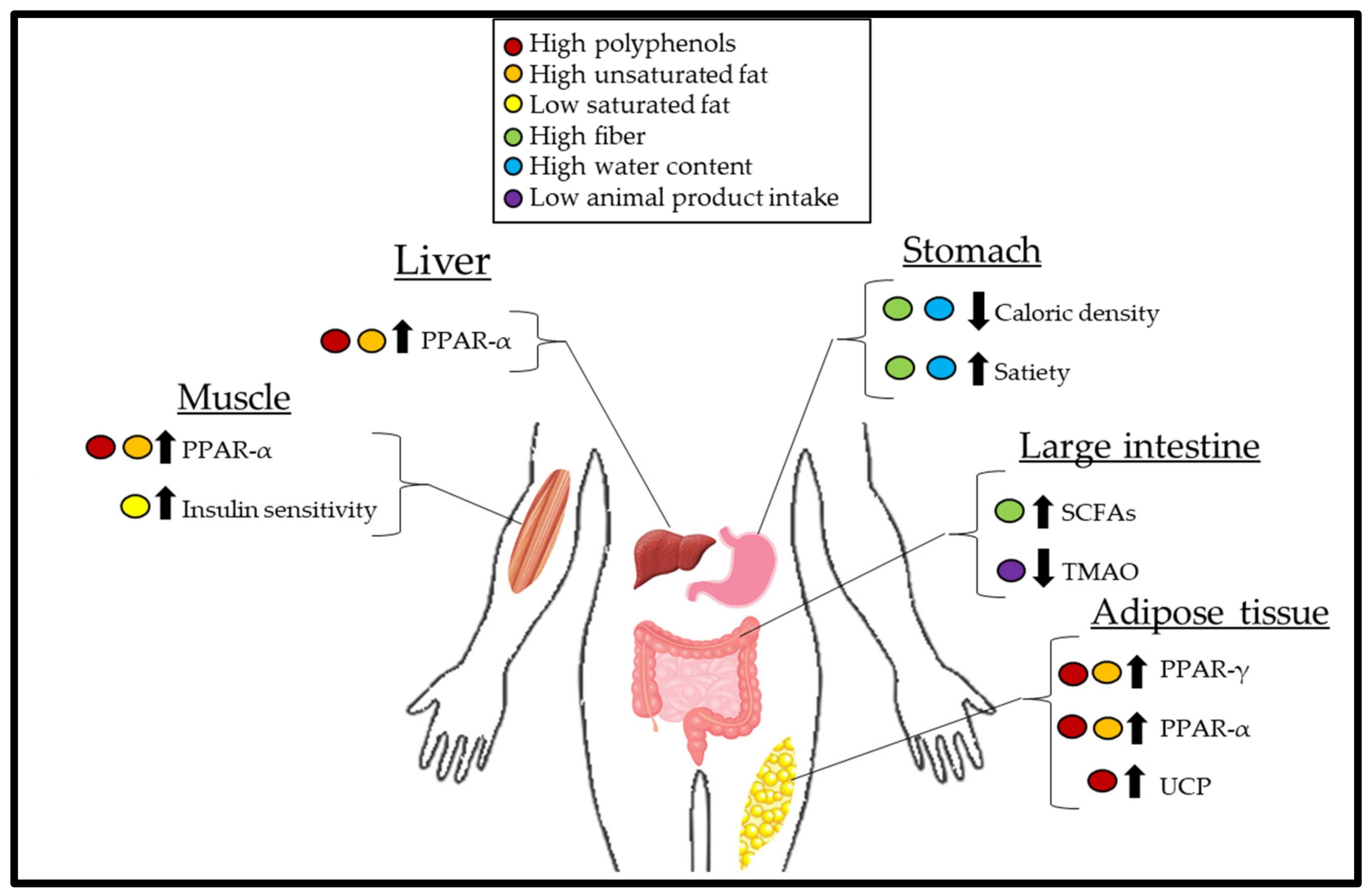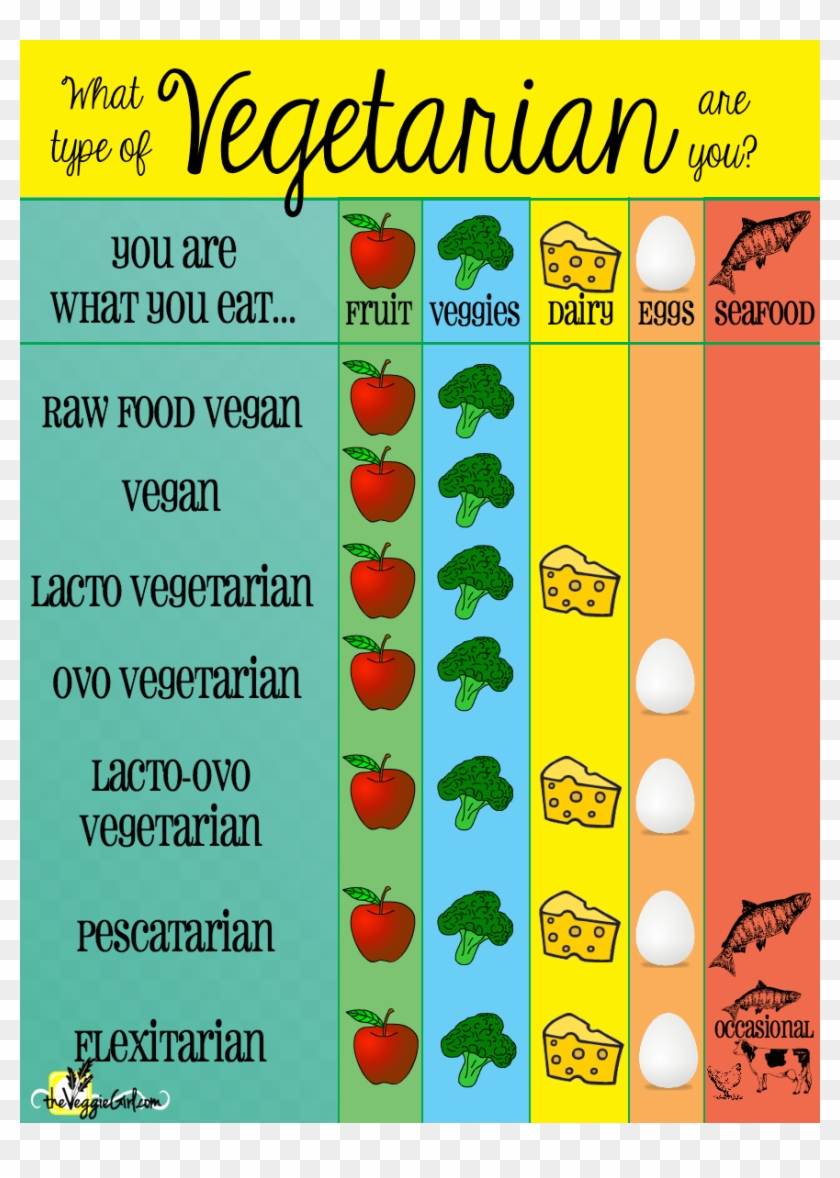
A vegan child diet can be challenging for parents. You may need to adjust your child’s growth rate and lose weight if your child follows a vegan diet. You have many choices for meat alternatives, so you can help make your child feel comfortable. To make it easy for your child to transition to veganism, you'll need to be educated about alternatives to meat. Your child might find it more difficult to adjust to veganism because they don't like the taste of meat.
Vitamin B12
Vitamin B12 intake is vital for healthy nervous system development in vegan children. The human intestinal tract makes some Vitamin B12, but it is not bioavailable, so it is essential to get it from external sources. Vitamin B12 deficiencies are more common in infants than in adults. They show symptoms much earlier than adults. A deficiency can cause lack of energy, coma, and even death. Vegan parents must set an example by providing sufficient vitamin B12 for their child.

Vitamin C
A vegan diet is the best way to ensure your child gets enough Vitamin C. This will ensure that your child is getting enough Vitamin C to be strong and healthy. Calcium is important for developing strong bones in children. 40-55% of their bone will be formed in the first eight year. The remaining 10% will be accumulated over the following ten years. A vegan child's diet will not be high in calcium so supplementation is necessary.
Calcium
Calcium is essential for healthy bones and teeth. Calcium is a key nutrient during the growth period, when nearly half of the child's bone mass is created. Another half is formed during the next eight-year period, and the remainder is formed within the next 10 year. It is therefore crucial that vegan children get adequate calcium.
Vitamin E
In particular, the low levels of vitamin E or vitamin A in a vegan diet for children is concerning in the very early years. It is important to understand that veganism does not cause all these deficiencies. Certain nutritional deficiencies can be a problem for children who eat a vegan diet, like anaemia. Insufficient intakes of these nutrients could also negatively impact the child’s vision and immune system.
Iron
Iron is one the most essential nutrients for a child's growth. No matter whether you are vegetarian, vegan or otherwise, iron is essential for your child's development. Many parents are worried about their child's iron intake. The good news: There are many iron-rich plant foods that you can easily add to your child's daily diet.

Vitamin K
Vitamin K is essential for the body's clotting processes, making it critical to have enough in the diet. Vitamin K helps to prevent certain types of cancers and lowers the risk of osteoporosis. It also acts as a chaperone for calcium, directing it to the bones and reducing the risk of osteoporosis. It is especially effective when combined with Vitamin D.
FAQ
What are the 10 best foods to eat?
These are the 10 best foods you can eat:
-
Avocados
-
Berries
-
Broccoli
-
Cauliflower
-
Eggs
-
Fish
-
Grains
-
Nuts
-
Oats
-
Salmon
What is the problem of BMI?
BMI stands For Body Mass Index. It is a measurement of body mass based on height and/or weight. This formula calculates BMI.
Weight in kilograms divided by height in meters squared.
The result is expressed using a number from 1 to 25. A score of 18.5 or higher indicates overweight, while a score of 23 or higher indicates obesity.
A person who weighs 100 kg and has a height of 1.75 m will have a BMI of 22.
What should I be eating?
Consume lots of fruits, vegetables. They provide vitamins and minerals to keep your immune systems strong. Vegetables and fruits are high in fiber which helps to digest and fill you up. At least five servings of fruits and vegetables should be consumed each day.
Get plenty of water. Water flushes toxins from the body and gives you a full feeling between meals. Drink about eight glasses each day.
Whole grains are better than refined grains. Whole grains contain all of their nutrients, including B vitamins and iron. Refined grain has lost some of its nutrition.
Avoid sugary beverages. Sugary drinks are full of empty calories and lead to obesity. Instead, choose water, milk, and unsweetened tea.
Avoid fast food. Fast food is low in nutritional value. While it might taste good, it won't give your body the energy it needs to function properly. Use healthier options, such as soups, sandwiches, salads, and pasta.
Limit alcohol consumption. You can reduce your intake of alcohol by limiting the amount of empty calories. Limit the number of alcoholic beverages you consume per week to no more that two.
Try to cut down on red meat. Red meats have high levels of cholesterol and saturated fat. Opt for lean cuts of beef, pork, lamb, chicken, fish, and turkey instead.
How do I measure body fat
A Body Fat Analyzer can be used to measure body fat. These devices measure the body fat percentage in people who wish to lose weight.
What is the best way to eat?
The best diet for you depends on several factors, like your age, gender, weight, health conditions, and lifestyle habits. You also need to consider how much energy you expend during exercise, whether you prefer low-calorie foods, and if you enjoy eating fruits and vegetables.
Intermittent fasting might be an option for you if your goal is to lose weight. Intermittent eating means you only eat specific meals throughout the day. It's not like three big meals. You might find this way to be more beneficial than traditional diets, which have daily calorie counts.
Research suggests that intermittent fasting may increase insulin sensitivity and reduce inflammation. This can result in improved blood sugar levels as well as a lower risk of developing diabetes. Other research suggests that intermittent fasting may promote fat loss and improve overall body composition.
What is the difference between calories and kilocalories?
Calories can be used to measure how much energy is in food. Calories are a unit of measurement. One calorie is equal to one degree Celsius in energy.
Kilocalories are another way to describe calories. Kilocalories can be measured in thousandsths of one calorie. For example, 1000 calories equals one kilocalorie.
Statistics
- According to the Physical Activity Guidelines for Americans, we should strive for at least 150 minutes of moderate intensity activity each week (54Trusted Source Smoking, harmful use of drugs, and alcohol abuse can all seriously negatively affect your health. (healthline.com)
- In both adults and children, the intake of free sugars should be reduced to less than 10% of total energy intake. (who.int)
- This article received 11 testimonials and 86% of readers who voted found it helpful, earning it our reader-approved status. (wikihow.com)
- WHO recommends reducing saturated fats to less than 10% of total energy intake; reducing trans-fats to less than 1% of total energy intake; and replacing both saturated fats and trans-fats to unsaturated fats. (who.int)
External Links
How To
What does the "vitamin") mean?
Vitamins are organic compounds found naturally in food. Vitamins allow us to absorb nutrients from food. Vitamins cannot be made by the body; they must be taken from food.
There are two types: water-soluble and fat-soluble vitamins. Water-soluble vitamins dissolve quickly in water. You can find vitamin C,B1 or thiamine, B2 or riboflavin and B3 or niacin. B6 is pyridoxine. Folic acid, biotin and pantothenic are some examples. The liver and fatty tissues are home to fat-soluble vitamins. Examples include vitamin D, E, K, A, and beta carotene.
Vitamins are classified according their biological activity. There are eight main types of vitamins:
-
A - essential for normal growth and maintenance of health.
-
C – essential for proper nerve function.
-
D – Essential for healthy teeth, bones and joints
-
E is required for good vision and reproduction.
-
K - essential for healthy nerves, muscles, and joints.
-
P - vital for building strong bones andteeth.
-
Q – aids digestion and absorption.
-
R - Required for red blood cell production
The recommended daily allowance (RDA), for vitamins, varies based on gender, age, and physical condition. The U.S. Food and Drug Administration sets RDA values.
For adults 19 years and over, the RDA vitamin A intake is 400mg/day. Pregnant women require 600 micrograms daily to support fetal development. Children ages 1-8 require 900 micrograms per day. Babies under one-year old need 700 micrograms per daily. Between 9 and 12 month, however, this drops to 500 mg per day.
Children ages 1-18years who are obese need 800 micrograms per day while those who are overweight need 1000 micrograms per day and children who are underweight need 1200 micrograms per day to meet their nutritional needs.
Children ages 4-8 years who have been diagnosed with anemia need 2200 micrograms per day of vitamin C.
2000 micrograms daily is required for adults over 50 to maintain their general health. Because of their higher nutrient needs, women who are pregnant or nursing need 3000 mg per day.
1500 micrograms is the recommended daily intake for adults aged 70+, as they lose 10% of their muscle every ten years.
Women who have been pregnant or are lactating require more than the RDA. Pregnant women require 4000 micrograms daily during pregnancy, and 2500 micrograms every day after birth. Breastfeeding mothers need 5000 mg per day when breastmilk is being produced.